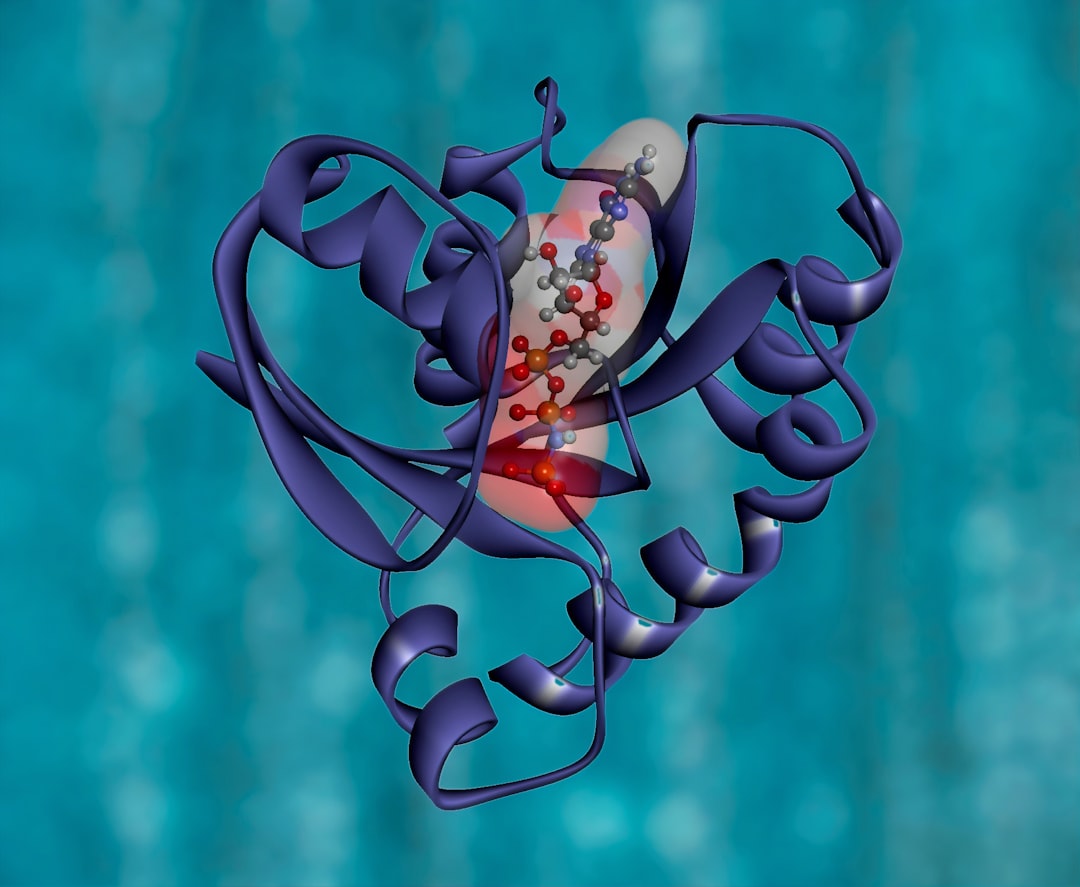What is it about?
An efficient synthesis of polychlorinated diphenyl ethers (PCDEs) using the Cu(OAc)2-catalyzed Chan–Lam coupling reaction is described. A library of all possible mono- and dichlorinated diphenyl ether congeners was prepared and characterized using MS, 1H, and 13C NMR spectroscopy, and Kovats retention indices. Our approach, using the optimized reaction conditions (i.e., reaction temperature, oxidizing atmosphere and base), significantly improves and simplifies the process compared to previously reported syntheses.
Featured Image
Why is it important?
An efficient synthesis of polychlorinated diphenyl ethers (PCDEs) using the Cu(OAc)2-catalyzed Chan–Lam coupling reaction is described. A library of all possible mono- and dichlorinated diphenyl ether congeners was prepared and characterized using MS, 1H, and 13C NMR spectroscopy, and Kovats retention indices. Our approach, using the optimized reaction conditions (i.e., reaction temperature, oxidizing atmosphere and base), significantly improves and simplifies the process compared to previously reported syntheses.
Perspectives
An efficient synthesis of polychlorinated diphenyl ethers (PCDEs) using the Cu(OAc)2-catalyzed Chan–Lam coupling reaction is described. A library of all possible mono- and dichlorinated diphenyl ether congeners was prepared and characterized using MS, 1H, and 13C NMR spectroscopy, and Kovats retention indices. Our approach, using the optimized reaction conditions (i.e., reaction temperature, oxidizing atmosphere and base), significantly improves and simplifies the process compared to previously reported syntheses.
Dr Vladimír Církva
Institute of Chemical Process Fundamentals
Read the Original
This page is a summary of: Copper-mediated synthesis of mono- and dichlorinated diaryl ethers, Tetrahedron Letters, July 2014, Elsevier,
DOI: 10.1016/j.tetlet.2014.06.035.
You can read the full text:
Contributors
The following have contributed to this page










